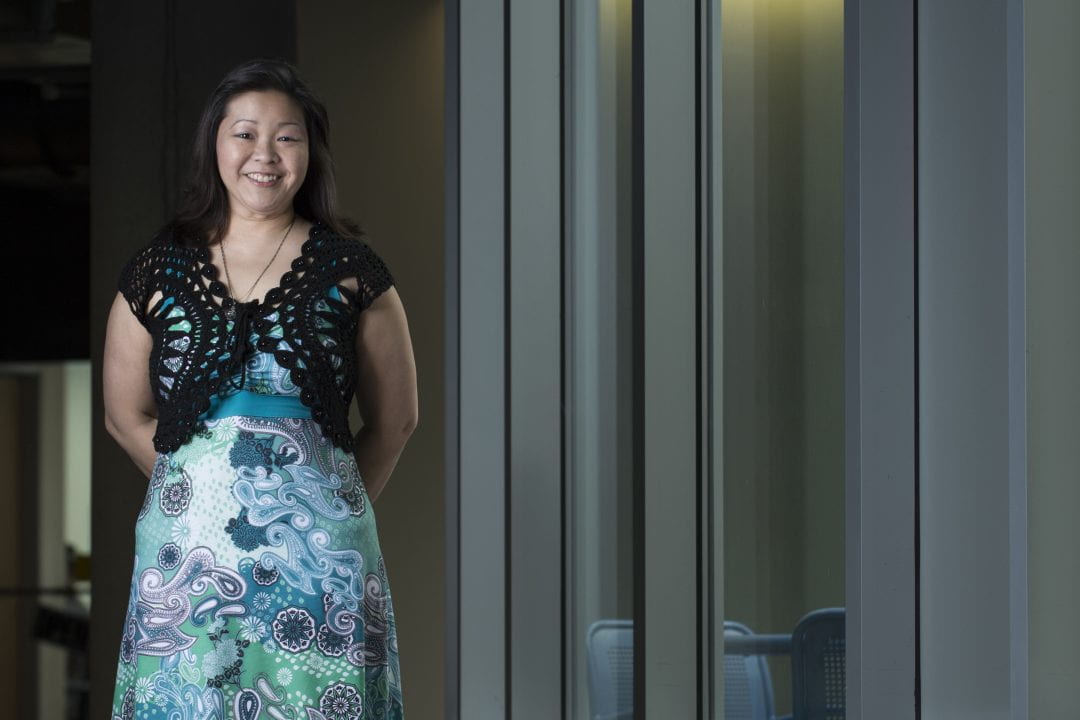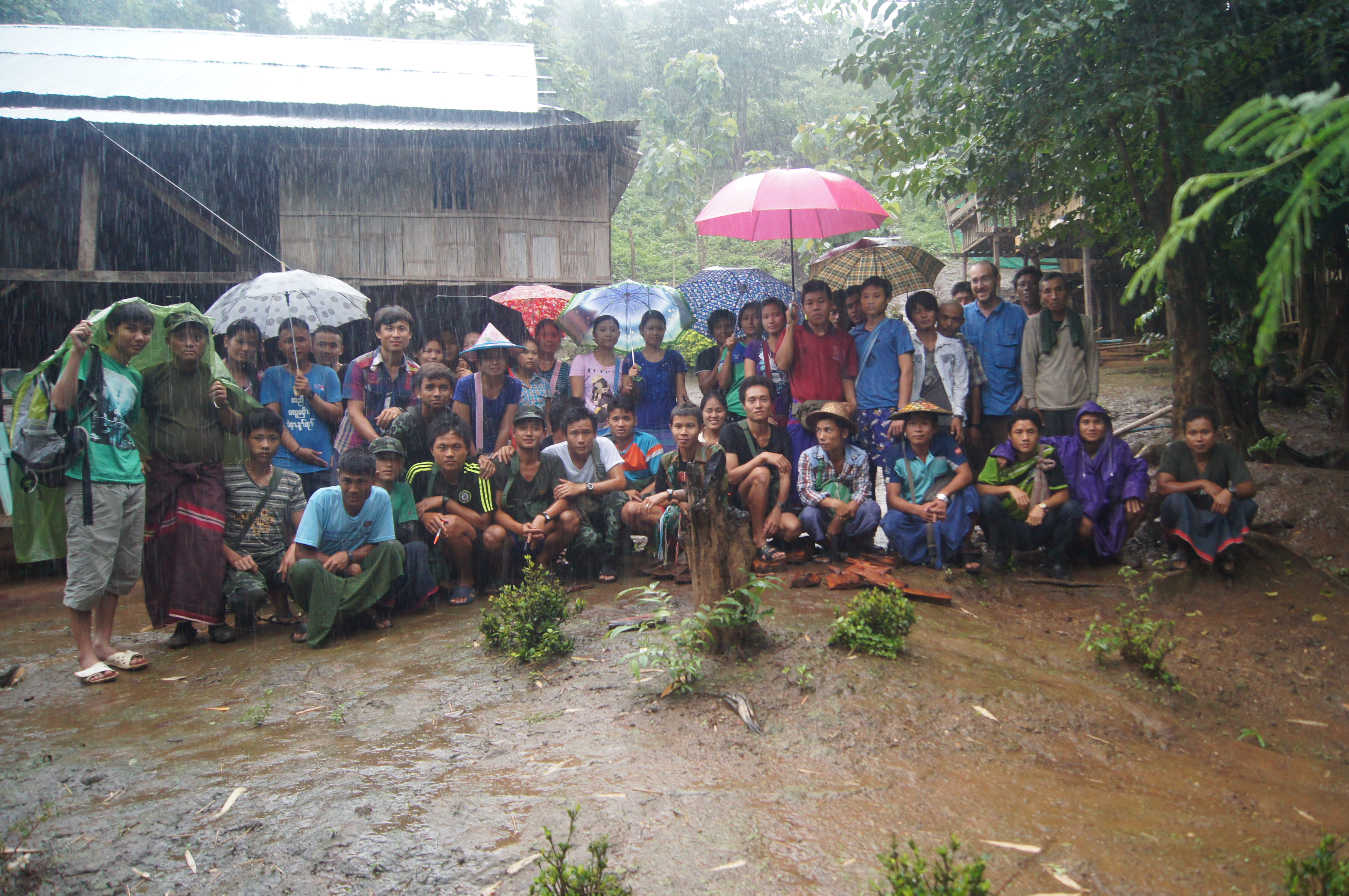Taming wildfires
UCI-created AI tool for predicting blaze size proves successful in Alaska; team now focuses on California

California’s 2018 wildfire season was the deadliest and most destructive ever recorded: At least 100 people were killed, more than 24,000 structures were consumed and nearly 2 million acres were burned, according to the California Department of Forestry & Fire Protection.
These blazes left hosts of families homeless, caused billions of dollars’ worth of damage, and drained precious state and federal resources. Each summer, residents of the Golden State brace for this dangerous phenomenon, which has been exacerbated by climate change.
Wildfires are a fact of life in California, but Shane Coffield, a Ph.D. candidate in Earth system science at UCI, is seeking to mitigate their impact. He’s leading an interdisciplinary team of colleagues in the development and application of a new technique for predicting the final size of these fires from the moment of ignition. Built around a machine-learning algorithm, their model can help forecast whether a blaze is going to be small, medium or large by the time it has run its course – knowledge useful to those in charge of allocating scarce firefighting assets.
Growing up in southwestern Pennsylvania, Coffield only saw wildfires on the television news. As an undergraduate at the University of Chicago, he developed an interest in multidisciplinary environmental science research on such topics as air quality, water quality and microbiology. Internships with NASA exposed him to larger-scale research, using satellite data. Coffield elected to pursue his doctorate at UCI, studying fire ecology.
His work on the algorithm initially focused on Alaska because the state has been plagued over the past decade by a rash of concurrent fires in its boreal forests. “They’re producing huge amounts of smoke, which threatens human health, and they further impact the climate by releasing carbon dioxide into the atmosphere,” Coffield says. “I wanted to do research that would make a difference at the intersection of climate, environment and human well-being.”
The UCI scientists’ predictive model is built around a “decision tree” algorithm. By feeding it climate data and crucial details about atmospheric conditions and the types of vegetation present around the starting point of a fire, the researchers can predict the final size of a blaze 50 percent of the time. A key variable is the vapor pressure deficit – just how little moisture there is in the area – during the first six days of a fire’s existence. A second major consideration for Alaskan forests is the percentage of trees of the black spruce variety.
“Black spruce, which are dominant in Alaska, have these long, droopy branches that are designed, from an evolutionary perspective, to wick up fire,” says James Randerson, professor and Ralph J. & Carol M. Cicerone Chair in Earth System Science at UCI – and Coffield’s research adviser. “Their seeds are adapted to do well in a post-fire environment, so their strategy is to kill off everything else around them during a fire to reduce competition for their offspring.”
One advantage of the UCI team’s artificial intelligence method is speed, Coffield says. The algorithm “learns” with each new data point and can quickly figure out the critical thresholds for identifying large blazes. It’s possible for people to do this manually or by running simulations on each different ignition, he notes, but the machine learning system’s statistical approach is “really much faster and more efficient, especially for considering multiple fires simultaneously.”
A study demonstrating the successful use of the model in Alaska – which recently appeared in the International Journal of Wildland Fire – garnered international media coverage and has been the most widely read paper on the journal website since its publication. Coffield was nervous about the spotlight; he barely remembers his first television interview. He’s humble about the experience: “There are so many amazing projects going on right now in sustainability, and mine has received so much more attention than I expected.”
In September, during a trip to Yosemite to explore areas impacted by fires and fire suppression, Coffield realized the extent of the wildfire problem in California and decided to develop – with his team – a new, more complete fire spread model for California using machine learning, as well as to look more broadly at what the future holds for wildfires and ecosystems here.
“The Alaska fires are mostly harmful to the ecosystems and to human health from all the smoke. They don’t directly kill as many people as the California fires,” he says. “Now I’m shifting gears to focus on California, because it’s where we live and because there’s been a huge loss of human life as a result of these fires.”


